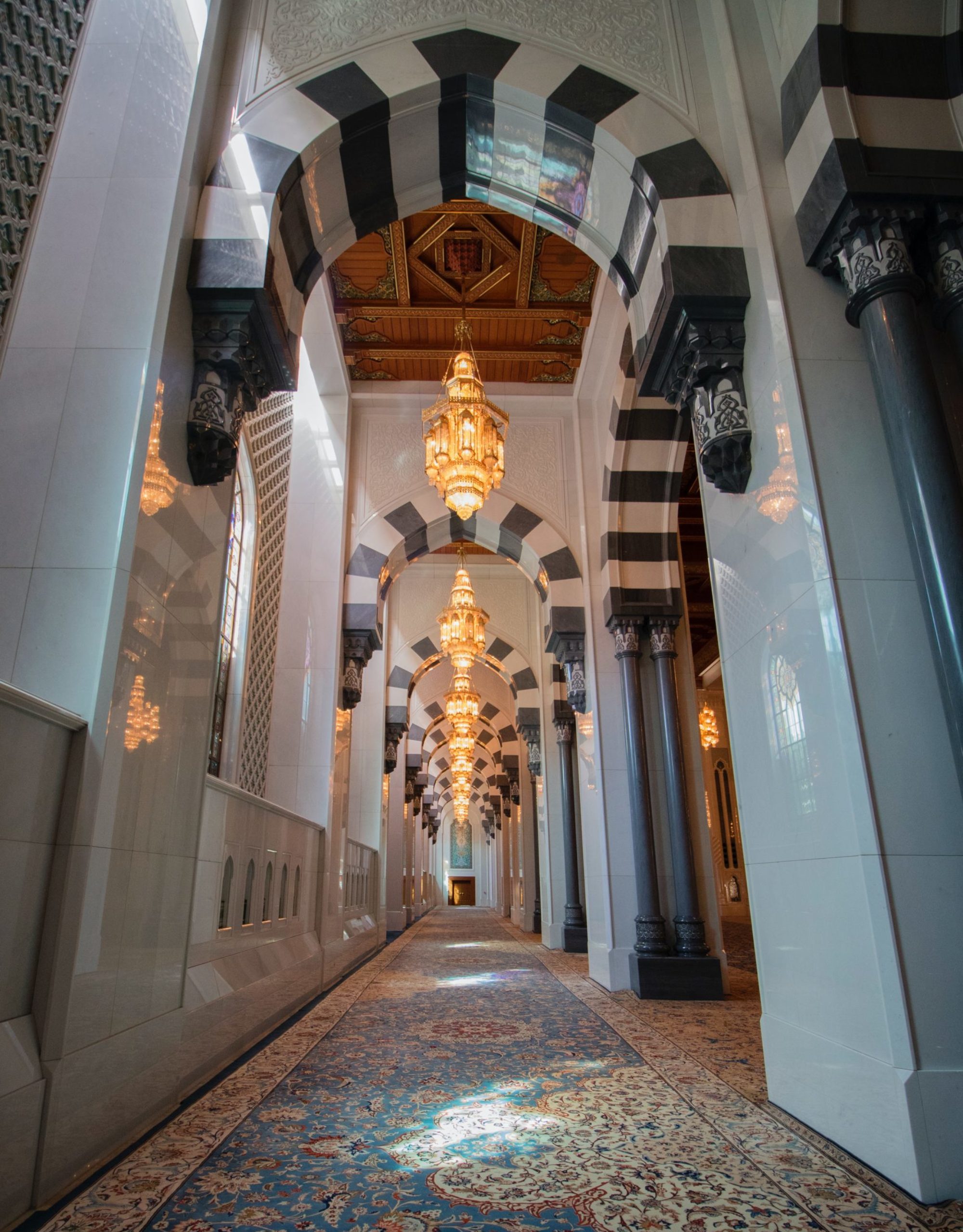(Permission granted to reproduce by Metro Pulse September 20, 2001)
I’d like to think I shouldn’t have to write this column. I prefer to think that stupid people don’t read Metro Pulse. But I’m not sure you have to be stupid to hate.
Last week I walked into a memorial service at a downtown church that is familiar to me. I looked up at a mosaic I’ve seen there every year since I was two years old. There, much bigger than life, was a picture of a man in a full beard, dressed in loose middle-eastern clothing. He looked much like the terrorist I’d seen films of for days.
For the first time in my life, I flinched. The man in the mosaic was not a terrorist. He was an especially famous Semite whose words I’ve studied for most of my life. I recovered and quickly felt silly about my reaction, and even blasphemous about that chill that went down my spine. But as I sat there and studied the man in the mosaic, I couldn’t deny that I had flinched at the sight of a Semitic bearded man in flowing robes. And that I have, within me, the seeds of hatred for people who look different from me, and who resemble people who do terrible things.
In recent days, hateful people maybe not that much unlike me have called threats to Arabic restaurants and groceries in Knoxville, some of them long-established local institutions. Thoughtless children have taunted other children in Knoxville schools. People are frustrated, and have no obvious outlet for their anger. This will pass, I believe.
But I wonder, if these people knew how Arabic our culture already is, if they’d occasionally throw a rock through their own windows.
Knoxville, and American culture as a whole, has been fascinated with Arabic and Islamic culture for two centuries. We’ve borrowed from it and imitated it in superficial and common ways, spreading Muslim prayer rugs on the floors of new houses: they’re the handiest way to add gravity and a little mystery to an American home. In some crackerbox neighborhoods, an oriental rug is often the only reminder that we’re in a house and not a Holiday Inn.
Our secret fraternities and benevolent societies imitate Islamic culture with their fezzes and crescent-moons symbols. I don’t know the origin of all of all that, but quarter of a century ago, I was a member of a college fraternity founded in America and popular since the 1800s. Much of the symbology on our flags and rings and the pin I wore on my lapel were, frankly, Islamic. We were told the sabers and crescent moons were there to remind us of the bravery of the Arabs fighting for their homeland.
In 1928, the architects of the Tennessee Theatre imitated Arab and Islamic culture when they decorated the interior in a commercial rendition of Arabic architectural styles found in the mosques of Moorish Spain.
Just a few doors down on Gay Street is the vacant old S&W, which features an Egyptian-influenced art-deco design—as do the monuments on Cherokee Boulevard, and the old post office building on Main Street.
In Knoxville’s oldest graveyards, Egyptian obelisks outnumber crosses. The obelisk is an Egyptian symbol once popular in Arab architecture and long popular in Southern funereal statuary. Later, the nation chose that symbol to memorialize our first president in Washington.
At the other end of our own state is St. Jude’s, known here for a couple of generations for its walkathons and perpetual miracles; the Memphis hospital for cancer-stricken children was founded by Arabs, one of whom was named Danny Thomas. If we were to expunge Tennessee of all things Arabic, we’d have to get rid of St. Jude’s. We also might reconsider the name Memphis.
And, of course, we’d have to go back to using X’s and V’s and I’s to write numbers. The Arabic numbering system, introduced to Europe by Muslim mathematicians, makes simple math functions much easier. (Try writing 8,398 by the old western European way. See if you can do it in 12 characters or less. Then see if you can divide it by XIV.) Algebra is an Arabic word, and an Arabic concept.
We might as well forget about Universe Knoxville. The Arabs were plotting the courses of the stars when the Europeans were still howling at them.
And here in Knoxville, we’d have to do without some of our finest citizens. I’m not sure who the first Arabs ever to live in Knoxville were, but by 1927, a couple of families of Arab Christians from Ramallah, a city in Palestine, arrived in Knoxville and settled right on Gay Street. Arabic was being spoken on Gay Street before Roy Acuff learned to play the fiddle, before the Tennessee Vols had any sort of national reputation, and a good long time before my own grandparents arrived in Knoxville.
According to the colorful Greek guidebook-writer Dio Adallis, who wrote about our eastern Mediterranean communities in 1936, the small community of Knoxville “Syrians,” as he called them, “in genius and hospitality excel any nation” and are “valuable dividend-bearing assets in the city’s growth and prosperity.”
We no longer like to think of families as “dividend-bearing assets,” but there’s no question that Adallis was right. Arabs have been prominent in Knoxville for decades, in accounting, law, medicine, and Republican politics. It’s hard to imagine Knoxville without them.
Some local Arabs are now fourth- or fifth-generation Knoxvillians. The immigrant Arabic community has grown tremendously in recent decades, bringing us choices we’ve never had before, showing us foods, music, and art we’d never have known if we’d lived in a homogeneous place.
For those who would strip the Arabic from American culture, I don’t envy your task, or your fate. I’m not sure you’ll like what you’ll have left.
